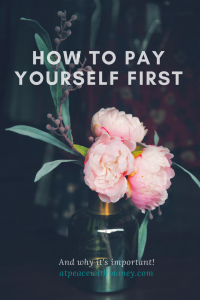Three Important Financial First Steps to Starting a Business

There are plenty of money myths to avoid when starting a business, but what are the right financial steps to take when starting out? It’s an important question to answer as you embark on your business beginnings! Today I’m sharing with you three important financial first steps to starting a business.
Save Up
Especially if you’re planning to quit your day job or make your business your primary income stream, it’s important to establish a savings cushion. Start with enough savings in the bank to keep you and your business afloat for 3-6 months. The time period you aim for is dependent on your comfort level with developing your business into a healthy income stream. Even if you’re planning to start your business as a side hustle, saving can be helpful. It may enable you to work less hours for your other income sources, or give you a little start up cash for initial business expenses.
Speaking of business expenses, keep them low. Don’t fall victim to the “you have to spend money to make money” myth. The lower you keep your business expenses, the closer you get to creating a supportive and financially sustainable business.
Know Your Why
Focus on your “money why” for starting your business. Like I discussed last week in my article on saving, having a purpose and a plan for the cash your business generates is very important! Have a plan for your Profit. What are you going to use it for?
Even if you’re starting a side hustle, have a purpose for that income. Avoid the urge to simply inflate your lifestyle. Knowing your “money why” will help keep you more focused on your business and make the profits feel more purposeful and rewarding.
Take it to the Bank
Open a bank account just for your business. Do some research on the best business banking options before you commit to an account. Taking advantage of a good banking offer can start your business off on the right foot!
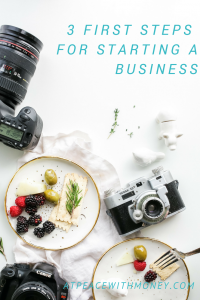 While you’re nailing down the banking details of your new business, make sure you also create a money system for yourself. Have a plan to pay off your expenses and also pay yourself. My recommendation, of course, is Profit First, which you can read more about here. If you’re considering starting a business, I highly recommend reading the first 5 chapters of the Profit First book, which you can download here on my site. If you find yourself intrigued, you can schedule a curiosity call with me to talk about Profit First and your business. You can also read my other articles on small businesses. A few that might be helpful are these ones on accounting for business expenses, invoicing your customers, and managing cash flow.
While you’re nailing down the banking details of your new business, make sure you also create a money system for yourself. Have a plan to pay off your expenses and also pay yourself. My recommendation, of course, is Profit First, which you can read more about here. If you’re considering starting a business, I highly recommend reading the first 5 chapters of the Profit First book, which you can download here on my site. If you find yourself intrigued, you can schedule a curiosity call with me to talk about Profit First and your business. You can also read my other articles on small businesses. A few that might be helpful are these ones on accounting for business expenses, invoicing your customers, and managing cash flow.
Wherever your business beginnings take you, I hope these three points help you take the first steps with confidence.
I first published this post over a year ago, but I thought August would be a good time to roll it out again, with our theme being transitions. If you have other business transition-related thoughts or questions, just let me know in the comments. I’d love to address them this month!
☮
Angela
Images: Brooke Lark


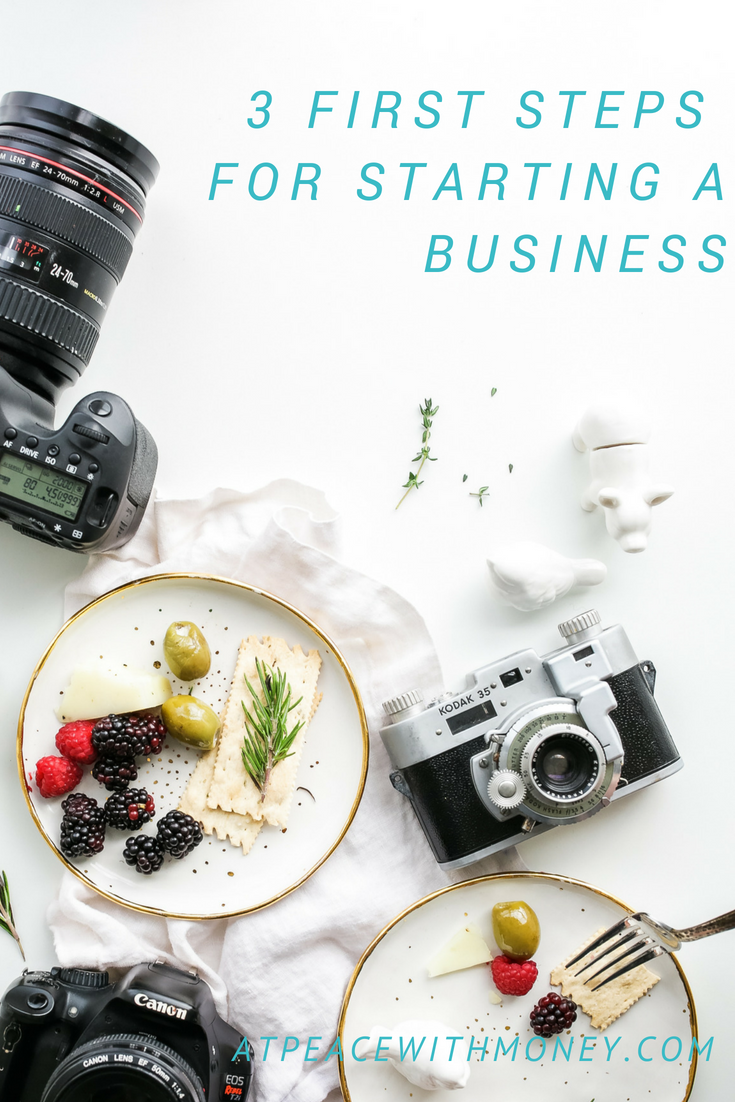



 having to take all that time and effort to take your paycheck to the bank. Even if you have your own business and have varying income, you can create a solopreneur paycheck using the Profit First system. If you’re interested in reading more about this, I recommend my posts
having to take all that time and effort to take your paycheck to the bank. Even if you have your own business and have varying income, you can create a solopreneur paycheck using the Profit First system. If you’re interested in reading more about this, I recommend my posts 

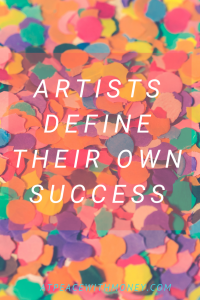 Overall, Megan stressed the importance of understanding what you really want from your business and your life, and structuring it to include more of what you want. Whether this is more time in the studio, more time with your family, or less time spent on certain tasks, automation helps creatives focus on the work they really want to be doing. I have written a little bit about how
Overall, Megan stressed the importance of understanding what you really want from your business and your life, and structuring it to include more of what you want. Whether this is more time in the studio, more time with your family, or less time spent on certain tasks, automation helps creatives focus on the work they really want to be doing. I have written a little bit about how 


 I really enjoyed speaking with Megan because our goals are very similar; we both want creative solopreneurs to have profitable businesses that allow them to spend time doing what they most want to do. Whether it’s their creative work or other pursuits, all of those things take financial security. Business success is within reach, even, and especially if you run a creative business. I encourage you to watch the full interview here and check out Megan’s resources,
I really enjoyed speaking with Megan because our goals are very similar; we both want creative solopreneurs to have profitable businesses that allow them to spend time doing what they most want to do. Whether it’s their creative work or other pursuits, all of those things take financial security. Business success is within reach, even, and especially if you run a creative business. I encourage you to watch the full interview here and check out Megan’s resources, 
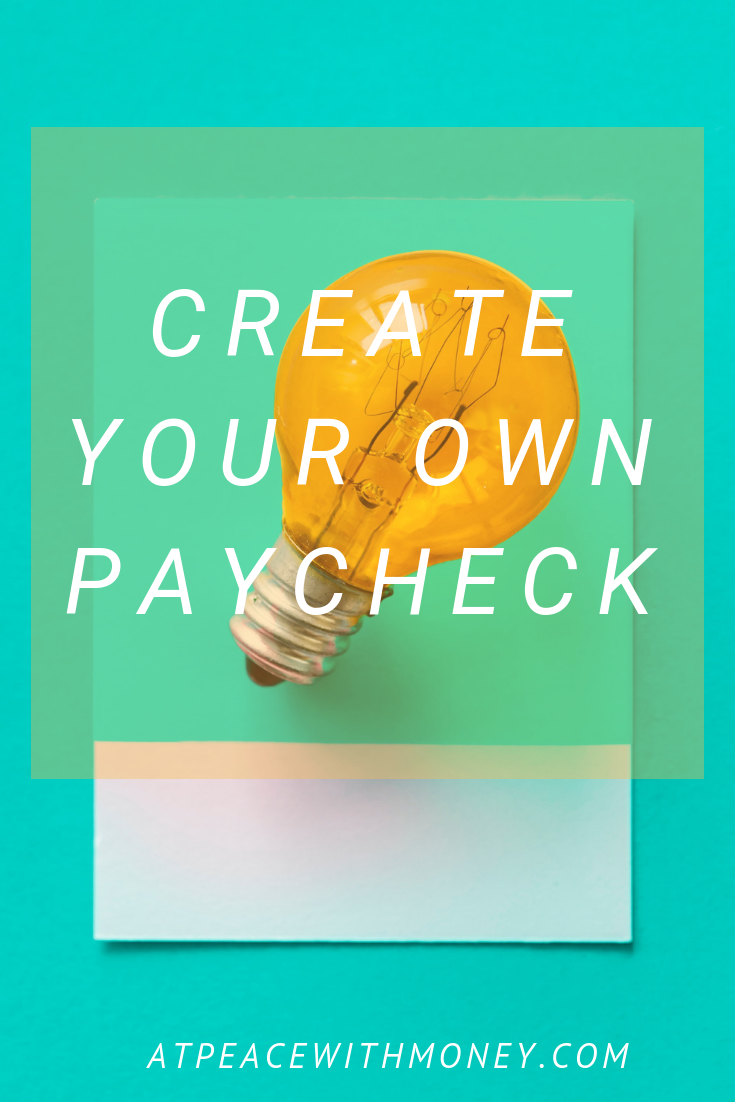

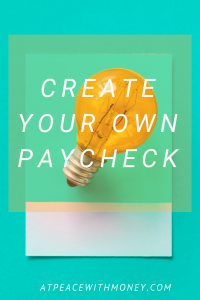 account to build up your balance, or take out an extra allowance if you’ve earned a reward. Setting up rewards systems for yourself can be another motivator to keep you money systems consistent, organized, and ensure they meet your needs.
account to build up your balance, or take out an extra allowance if you’ve earned a reward. Setting up rewards systems for yourself can be another motivator to keep you money systems consistent, organized, and ensure they meet your needs.

 As someone who’s been involved with finance throughout my career, I love hearing about and researching new financial ideas. When I came across
As someone who’s been involved with finance throughout my career, I love hearing about and researching new financial ideas. When I came across  ur spiritual needs, etc.Which of these needs is your business meeting? Which ones are not being met, and how could you adapt your business to better serve you in that area? What are your goals? Is your business helping you meet those? Answering these questions can help you discover whether your business is truly supporting you in all the ways it could. Approaching your business with a creative eye can help you create something more supportive. That’s Profit First in action!
ur spiritual needs, etc.Which of these needs is your business meeting? Which ones are not being met, and how could you adapt your business to better serve you in that area? What are your goals? Is your business helping you meet those? Answering these questions can help you discover whether your business is truly supporting you in all the ways it could. Approaching your business with a creative eye can help you create something more supportive. That’s Profit First in action!
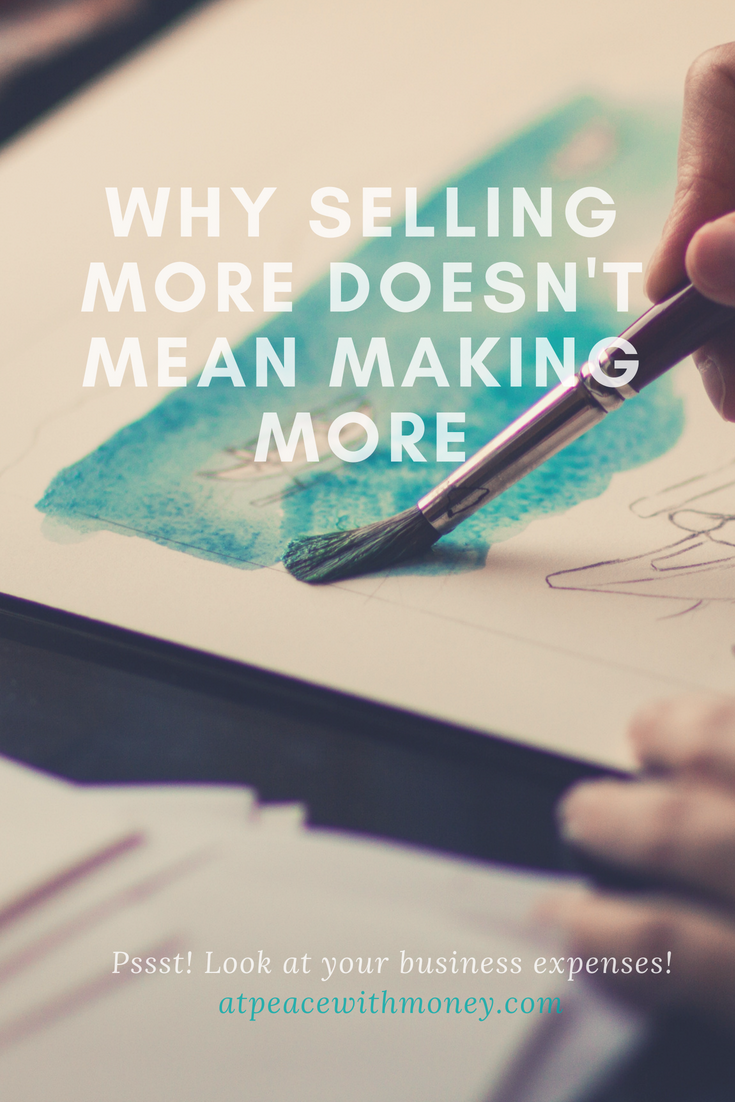

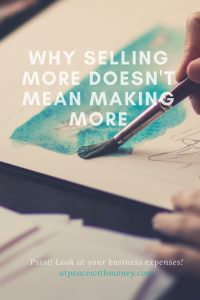

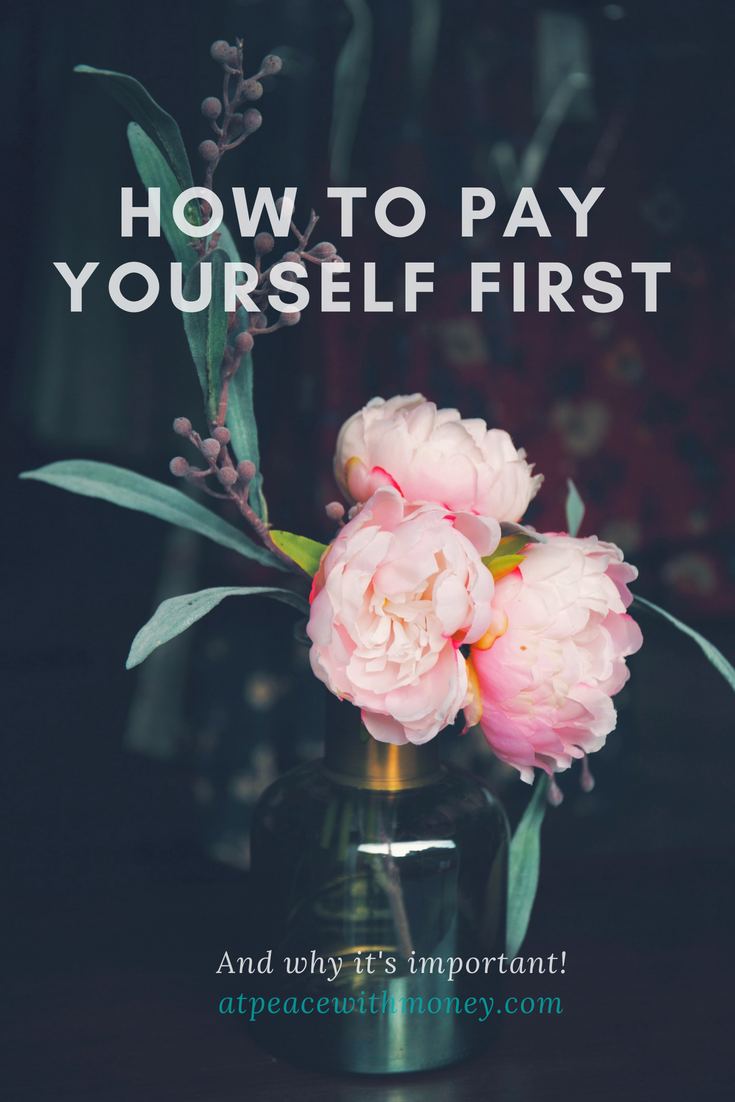
 I use the hashtag #PayYourselfFirst all the time, but what does it really mean to pay yourself first? It’s a core aspect of Profit First philosophy. It’s also an important part of how I organize my own personal finances. I want to make sure all my readers know how to pay themselves first, in their business and personal finances, so let’s dive in.
I use the hashtag #PayYourselfFirst all the time, but what does it really mean to pay yourself first? It’s a core aspect of Profit First philosophy. It’s also an important part of how I organize my own personal finances. I want to make sure all my readers know how to pay themselves first, in their business and personal finances, so let’s dive in.